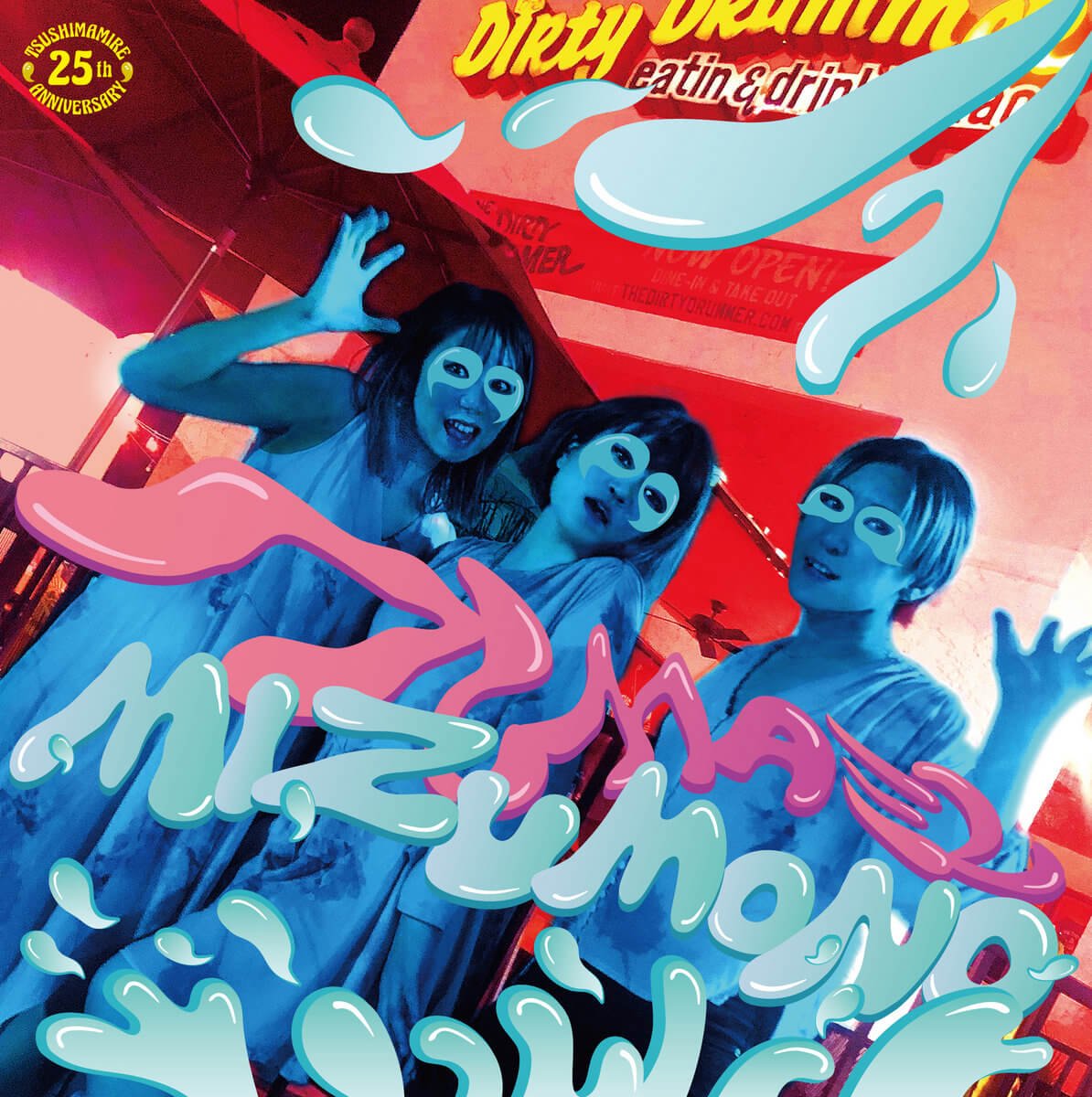To start the year off Bandai Namco have re-mastered a classic instalment in the Tales Of to celebrate it’s 10 year anniversary, including all the bonus content and adding 2 playable characters. Take this review from the perspective of someone experiencing this game for the first time, as I haven’t played the original I cannot fully comment on the changes this version brings. While I have heard of the Tales Of series before, I never got around to playing any of the games so it is also my first for the series as well. For those of you unaware, the Tales Of is a similar JRPG franchise to Final Fantasy and Dragon Quest, in the way that each release tells a whole new story while still maintaining a set of core mechanics, other than spin-offs. Tales of Vesperia is the 10th instalment in the main series, so let’s see what this remaster has to offer.
Tales of Vesperia is set in a world where magical objects, called Blastia, give protection and resources for humans to survive using the natural resource of Aer. The story begins with Yuri Lowell, a loner who gave up on trying to save the world and just looks out for the lower quarter in the capital, trying to track down a thief who stole the town’s desperately needed Blastia. This leads him to meeting Estelle, a noblewoman who seeks to escape the capital, and the pair starts a journey around the world for their own personal aims. Being the type of person who can’t turn a blind eye to anyone in trouble, Yuri helps others along their journey as the story escalates to a much larger scale. As a whole, the plot is very well written and progresses in a natural way compared to other games. The small quest at the start spirals into something larger through clear links to the party’s actions and backgrounds. It is an emotional ride, while it is usually quite humorous, with some great comedic parts, there are other parts that will tug on your heartstrings. It is a gripping story that makes it hard to put the game down, particularly to write a review about it… You will rack up hours on this game’s story content alone, with the usual JRPG side quests and mini-games to keep you going if you need more.
Your party gets bigger as you progress through the game, meeting a range of characters who are unique in both personality and fighting style. All fighting styles are covered, so there is sure to be a character that best suits your preferred style as you are free to choose who controls as long as they are in the active party. In this remaster you also have two extra playable characters, Patty and Flynn. Flynn has a standard knight style, a mix of Yuri and Estelle with some powerful attacks. Patty, on the other hand, has a more unique style. Her attacks fit her pirate aesthetic, with some weird and wonderful spells such as making a random rock fall on an enemy. If you don’t feel like fighting, there is the option to not play as anyone in battles and just act as observer dishing out items which, when you have a lot of grinding to do, is actually useful to give yourself a break. A word of warning though, these battles will last longer due to the AI taking their time, so just bear that in mind. Either way, each character is loveable and very well written, making you really connect with them, particularly as they develop with the plot. Yuri is a prime example of this with his strong sense of justice, which leads to morally questionable decisions, and his quick quips that other characters are great at responding to. It brings the story to life, enhancing the way it is told through how they interact with each other. This is aided by the fact that the voice acting in the Japanese audio is amazing. You do have the choice between Japanese or English audio, but I stuck to Japanese out of personal preference. The only issue with this is that you miss a bunch of dialogue in the beginnings of boss fights because for some reason they are not subtitled. Despite this, the performance adds a real depth to each character, perfecting the storytelling.
Overall, the graphics are stunning. The style, like the rest of the Tales Of series, uses a traditional anime style for the characters and the environment, matching that of the opening cinematics. They blend the two together and it is a marvel to look at. There were even times I thought the background was merely drawn and placed at the back of the screen, only to see it move with the camera as I got closer. It’s clear to see this approach will make the game look incredible for many years to come. Comparing this to the original, which does still looks good today, there have been some slight changes to the colour scheme alongside the basic upscaling. In particular, brighter colours have been toned down a bit to give the lighting a more rounded, realistic look. In terms of cutscenes, most are rendered in game with speech bubbles and basic movements. While there isn’t much action in these, it works as the game leaves the action to you. It’s great as you’re not left wishing you could do something the characters do in cutscenes, you just get sucked in. The anime cutscenes are used sparingly, but this helps to exemplify the scale of what you are seeing. However, I would still say the game could have utilised this a little more, as certain points would have worked better in anime form than in-game rendered cutscenes.
The last kind of cutscene is named a skit, which are optional conversations or monologues between the characters in your party. These work great in providing more background information and building up the narrative of the plot, generally being quite comedic. For these, the characters involved have icons of their faces, with expressions to show how they feel. These expressions tend to be typical anime tropes, but the quality of the illustrations is quite basic and doesn’t look as good as the rest of the game. Still, these skits are worth watching as there are interesting animations such as the icons moving around to show a character leaving the conversation or rotating to show them being knocked over by another character. Even though watching them has improved my personal experience of the game, there is a lot and, combined with the other cutscenes, can leave you feeling there is too much talking. With how great the plot is though, it isn’t really the end of the world and if you really just want to keep playing you can just ignore them.
Speaking of action, the game has maintained the great battle system the Tales Of series is known for. It is predominately 2-D in relation to the enemy you are locked on to, with the ability to switch to 3-D movement at the press, and hold, of a button, leaving you able to stick to your preferred style. In terms of attacking you have normal attacks and Artes. Artes use TP, and these can be combo/special attacks or magic. Normal attacks replenish TP, so swapping between normal and Artes attacks is the best way forward. You can also guard, which lowers the damage you receive. Although, be wary, as the character can be slow to guard after a combo, which can be frustrating as you take a full hit. Most of the time it is better to just swap to 3-D and move away. It took me a while to get used to this battle system, but once I was this was not really much of a problem. The only ongoing issue is when there is a lot of characters on the screen it gets a bit cluttered and hard to see what is going on. Some additional mechanics are not added until a good few hours into the game, which I found it a bit strange. The first is Over Limit, which allows you to string combos together more easily, eradicate the charge time for Artes, and use a special Burst Artes attack to deal heavy damage. Second up is a Fatal Blow, which grants you an opening to unleash a heavy attack after continual strikes. The latter I have some trouble using with general enemies, however, it is more useful for bosses who can obviously take a lot more hits. As a whole, it is an intricate system that is fun to use and experiment with.
Of course, like other RPGs, you go into battle with four characters. The AI of your 3 teammates (or all 4 if you choose the passive approach) is generally pretty good. While you can give general tactical directions, I didn’t feel a need to most of the time as they were doing what I wanted, sometimes just directing to save TP. The AI will also ask for items which, if you approve it, saves you opening up a menu. Nevertheless, there are times the game neglects to make a character ask when they desperately need a certain item, which can be a little annoying. Other than this, the AI is great in assisting you in setting up a Fatal Strike, and you can customise which Artes they use to further this. In terms of the general difficulty, I felt at the start it was fine until you reached a boss, where the difficulty spiked. This forces you to grind a bit before taking on the boss again. I wouldn’t have an issue with this if the areas around it weren’t so easy. I particularly had an issue with the first boss, because being on your own against such a difficult enemy was almost impossible without having done some grinding beforehand. The lack of healing items did not help. Still, as the game goes on this does change so the pacing does improve, probably due to the fact that you gain a party that are able to heal and support you. Speaking of boss fights, these are thrilling with enemies and a setting that up the stakes. Within these fights are secret missions, where a certain strategy will help make it easier or give an opening to attack. If you achieve this, you receive a better ranking and possibly an item. This is a cool feature, as there is a real sense of achievement for figuring it out in some cases and for you achievement/trophy hunters, this is where you get most of the achievements/trophies from the game. Indeed, this is a hard game to 100% as most are hidden and the developers weren’t going to reward you for simply completing the game.
Moving around on the overworld sees the world being smaller as your character being regular size, like a traditional JRPG. Enemies pop up and you can either sneak around them or walk up to them to take them on, but if they spot you they will chase after you! In dungeons/monster-infested areas, it is the same with some added spawn points where the monsters move around. Early in the game, you get the Sorcerer’s Ring, which allows you to stun enemies, either giving an advantage in battle or allowing you to walk past them. On the flip side, using the item can potentially make them angry so they charge into you. Aiming this can be a pain, but it is very useful when you pull it off. As you need to be careful, especially if a monster approaches you from behind because if it reaches you the characters in the back of your party selection are drawn out to fight (who are more than likely your weakest). There are also puzzles, which involve moving things or using the ring, to solve as you navigate through but they are only a small part of the game. As mentioned before, in typical JRPG fashion there are some mini-games for you to do as an extra bit of fun content, although I prefer to focus more on the storyline.
Overall, Tales of Vesperia is a great JRPG that will get your year started on the right foot gaming wise. A great set of characters in a well-developed plot, with hours of content that leaves you hanging on for more. Sure, there a few issues in the gameplay, but once you are used to the controls they are easy to overlook and don’t detract from your enjoyment. Tales of Vesperia Definitive Edition gives you everything you could ask for, so I’d say is a must have for any player that likes JRPGs. As for veterans to the series, despite there not being much new to be discovered here, the addition of the two new playable characters and gathering all the extra content makes this a potential venture, depending on how much you desired to play as them in the original. Although this time you have more of a choice of the console on which you can play it on. The graphics upscale is a plus, but in my honest opinion isn’t enough to justify a repurchase from that alone. Now, time for me to get back to the game.
Rating: 80/100 Very Good
Tales of Vesperia is released on 11th January on Nintendo Switch, PlayStation 4, and Xbox One.














